Determination of Bond Price and Sensitivity to Interest Rate Changes
VerifiedAdded on 2023/03/23
|5
|592
|44
AI Summary
This document discusses the determination of bond price for two bonds with different maturity dates. It also explores the sensitivity of bond price to changes in interest rates, highlighting the impact of maturity period. The document includes formulas and calculations for bond pricing and dividend valuation.
Contribute Materials
Your contribution can guide someone’s learning journey. Share your
documents today.
1 out of 5
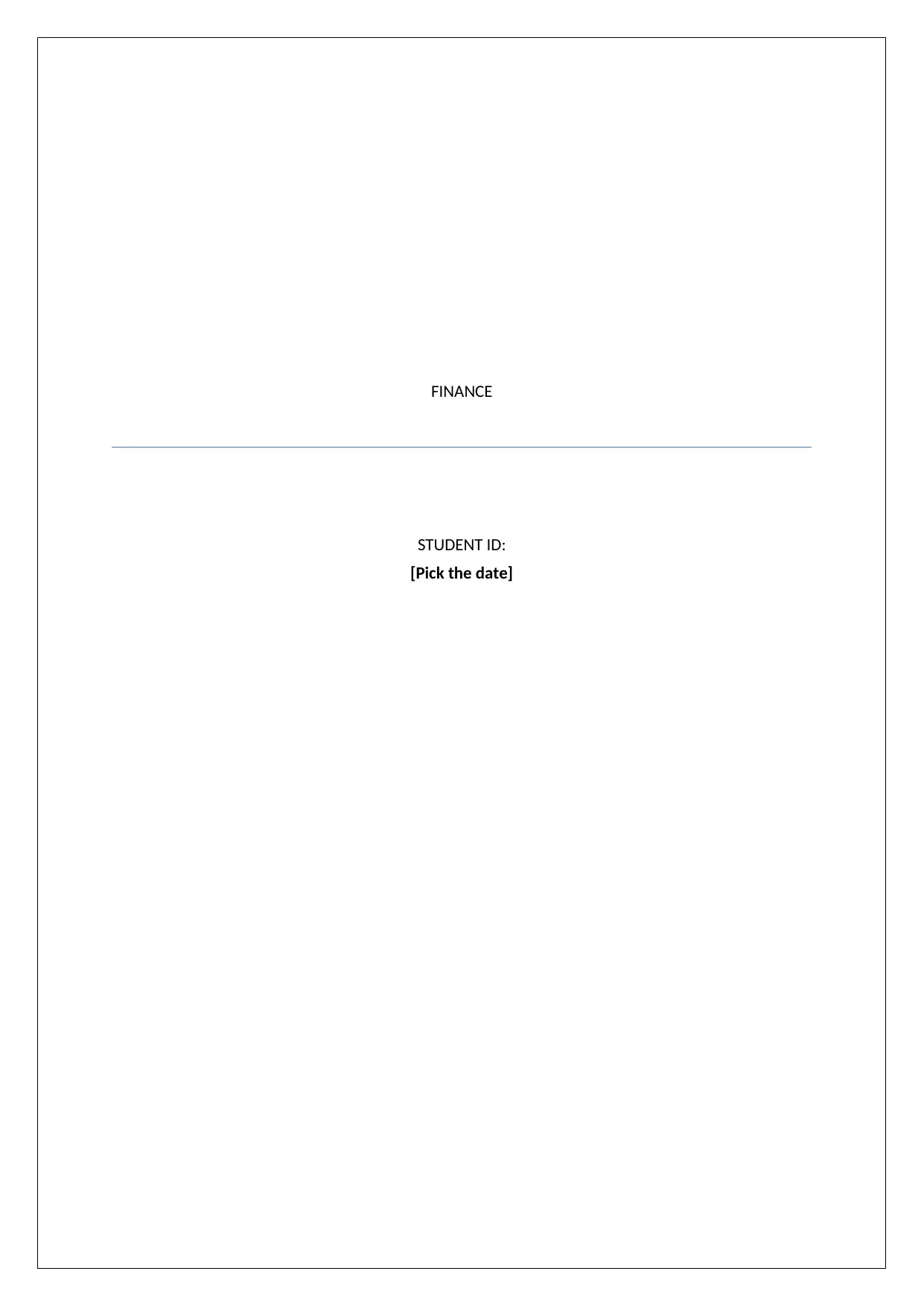
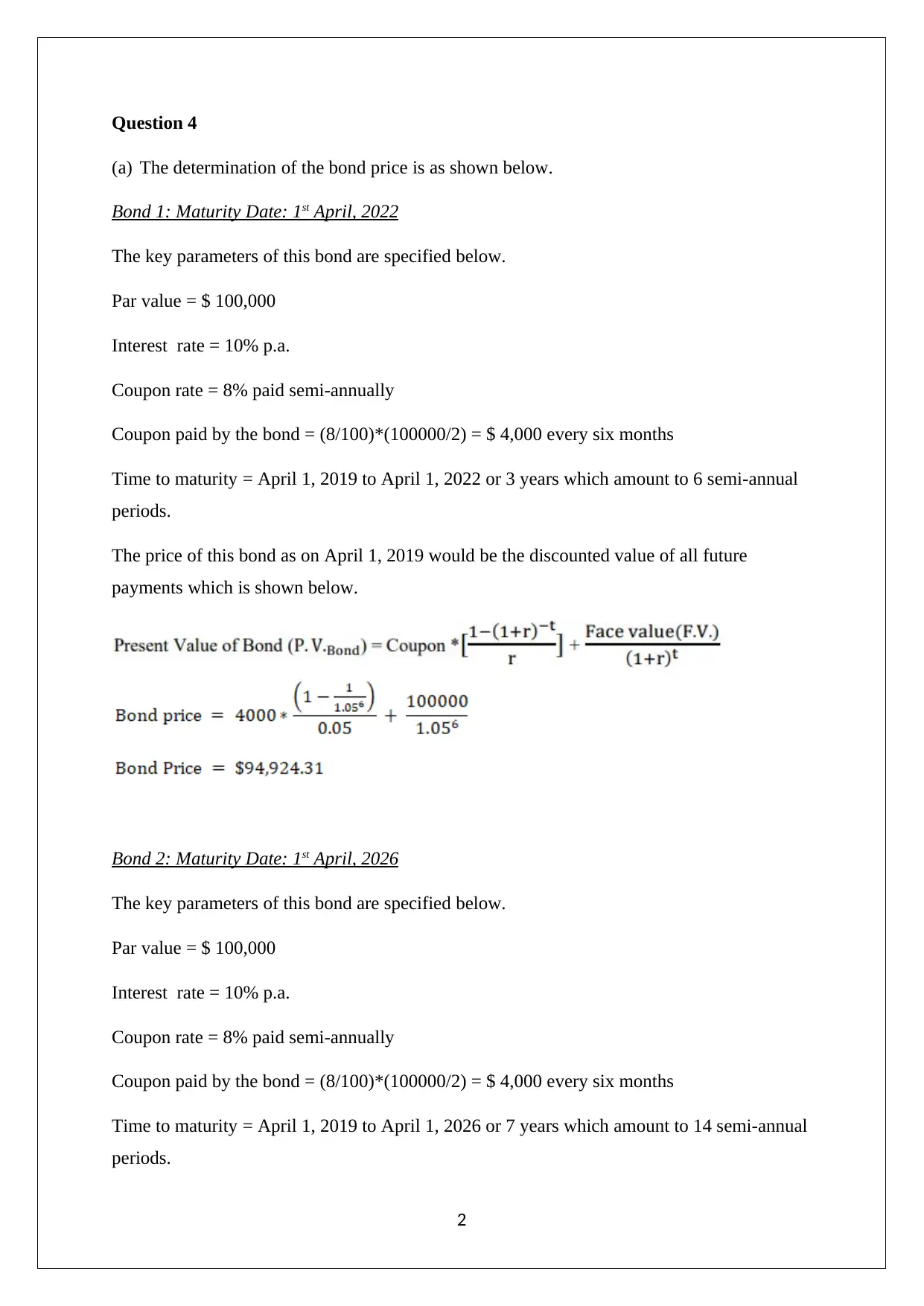
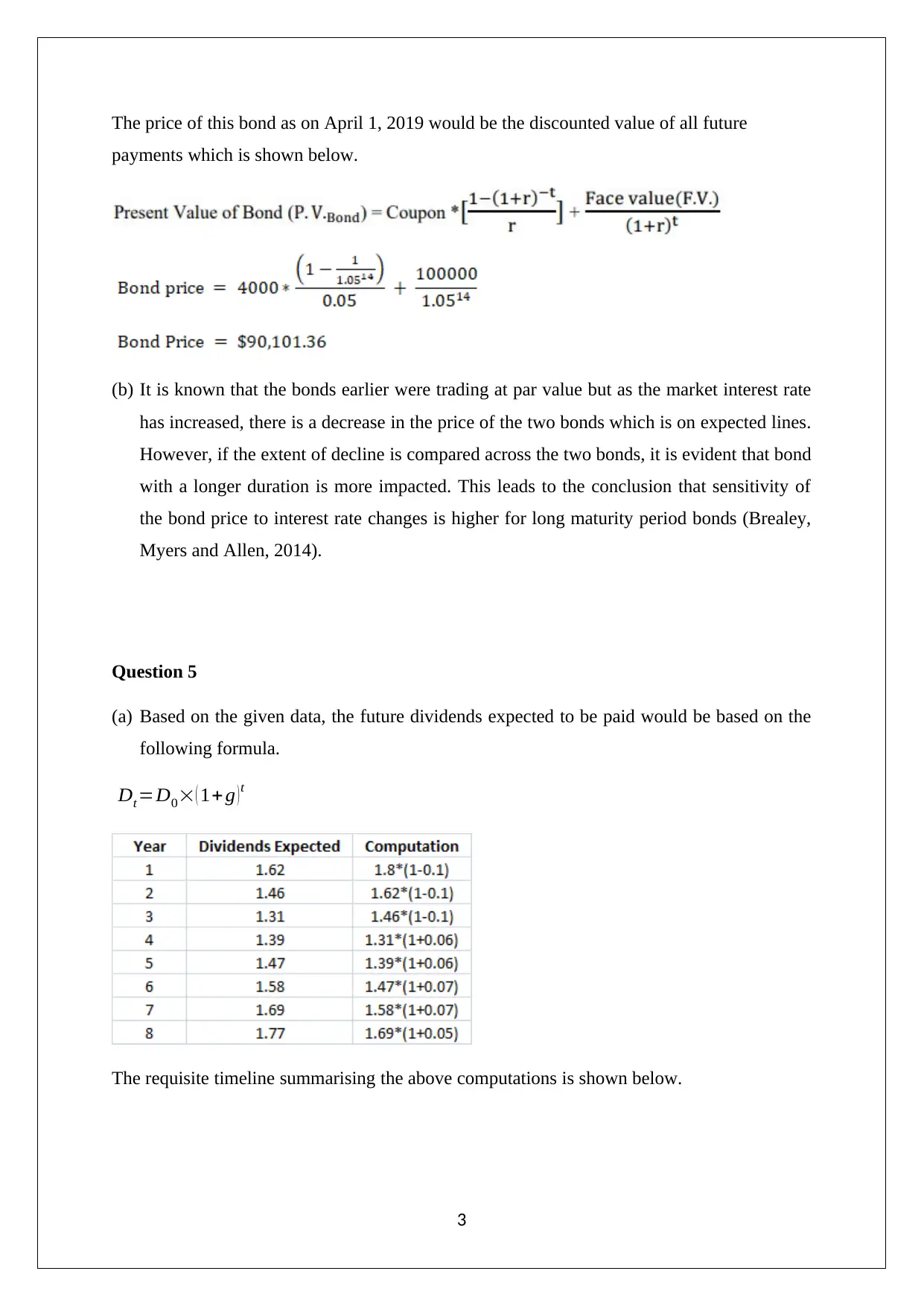
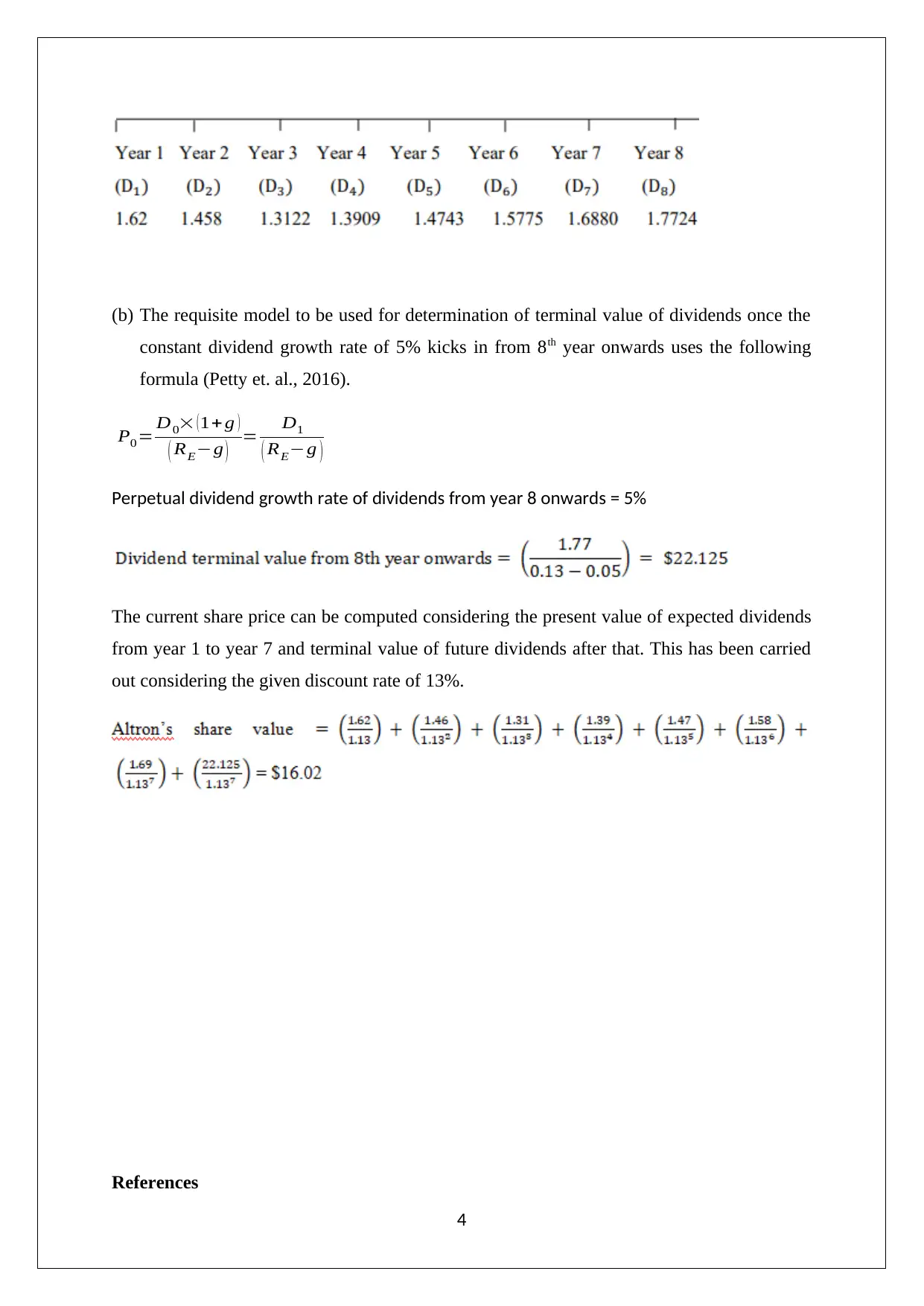
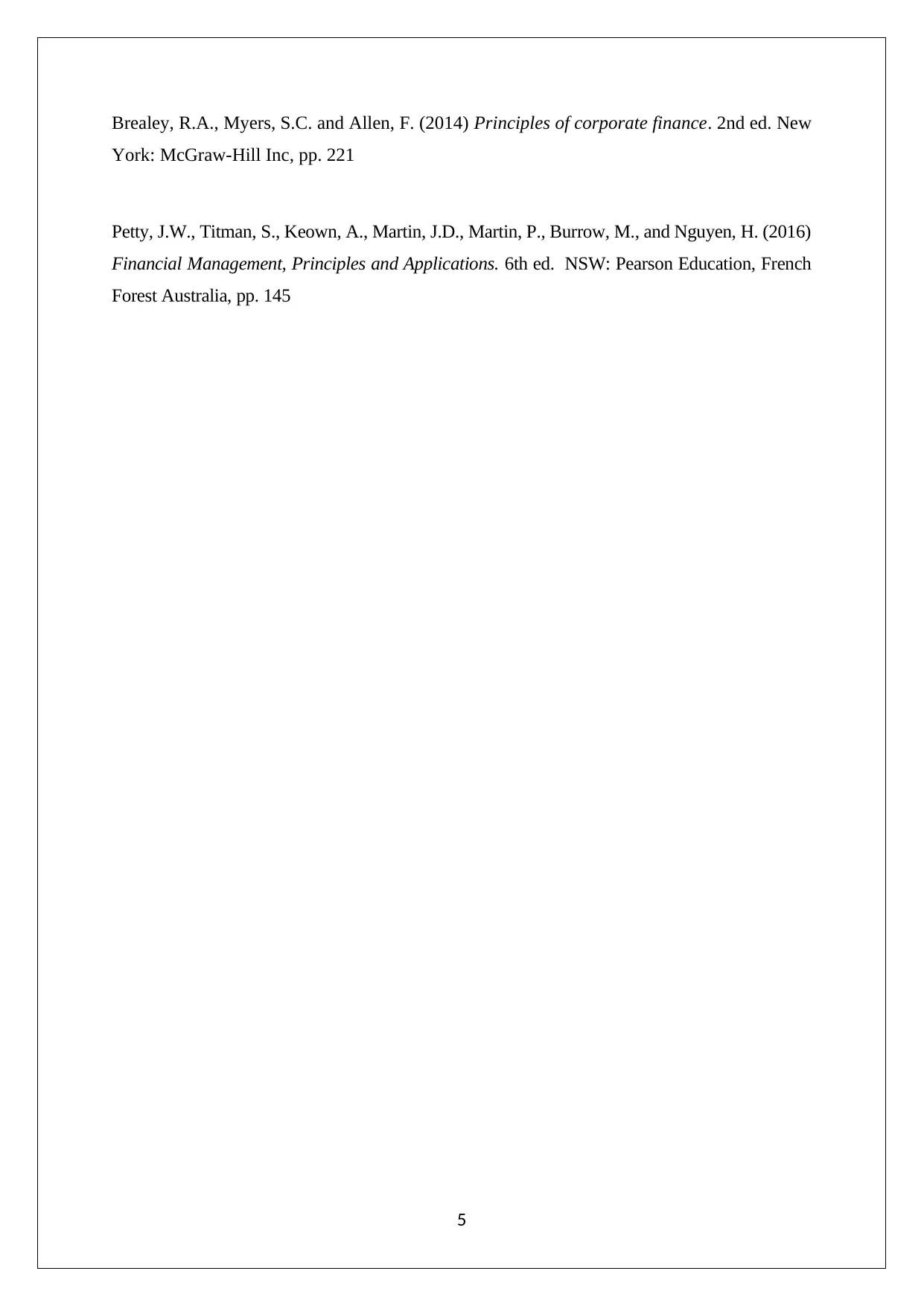





![[object Object]](/_next/static/media/star-bottom.7253800d.svg)